overview
This session will introduce the concepts of worldmaking, fiction and diction. By exploring the difference between poetics and aesthetics, we will develop a better grasp of how form and content can give birth to meaning in spoken, written and visual media.
In short, we're going to think of the world as artistic storytellings.
summary
- intro
- intro
- homework review
- homework review
- prelude
- prelude
- ways of worldmaking
- ways of worldmaking
- surface and depth
- surface and depth
- world-building game
- world-building game
- knowing your material
- knowing your material
- outro
- outro
intro
ways of worldmaking
welcome!
plan for the day
what goes into making a new world?
-> homework review
-> techniques for imaginations
-> approaches to worldmaking
-> exercises and unity
The main question we'll ask today is "what goes into making new worlds?". After examining why the idea of multiple worlds, rather than one, fixed, solid reality is even a valid one, we'll see what are some components that go into bringing a version of the world to life, from higher-level (fiction and diction) to lower-level (verbal and visual literacies).
homework review
walking around unity
how did you solve it?
character controller
unity's CharacterController component deals with movement without getting bogged down by Physics issues.
CharacterController.Move(Time.deltaTime * direction * multiplier)
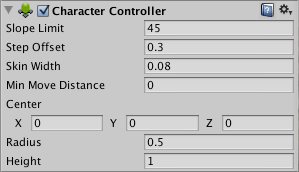
By adding the CharacterController component, Unity will deal with both input (keys, mouse) as well as output (how the character controller should behave when moving around (hitting walls, going over slopes, etc.)
You can also download additional characters from Unity's Asset Store. Developed by other users, they come in varying prices and varying qualities.
first person vs. third person
in the context of visiting a space,
pros? cons?
The main difference is being able to see one's own body. The first-person perspective might provide a greater sense of immersion, and a greater ease of control, as users are all used to existing in such a perspective.
The third-person, on the contrary, provides more information to the detriment of seamlessness: you can see who you are (and, as such, the designer can provide yet another layer of information related to the narrative and artistic direction of the world), and you can see what is going on around you better, but it might feel unnatural and somewhat clunky to move around.
prelude
techniques for future studies
examples of techniques?
future history: "how did we get there?" (timeline, genealogical trees)
threat casting: envision future scenarios, envision the worst to avoid it
imagining narratives
few things are technically/socially impossible
social imagination
technological imagination
psychological imagination
three horizons (futures wheel, nth-order consequence)
- present
- emerging
- distant
backcasting
- working backwards from the future
ancestry
- how will the present be remembered?
technological imagination is easy, social imagination is more complicated.
philip k. dick: science fiction is not about inventing cars, it's about inventing traffic jams
three horizons: present, emerging, radical
ways of worldmaking
one world
to what extent do we all live in the same world?
having one world implies one truth, which is rendered moot because of, at least, relativity.
indeed, truth is relative (c.f Kurt Gödel)
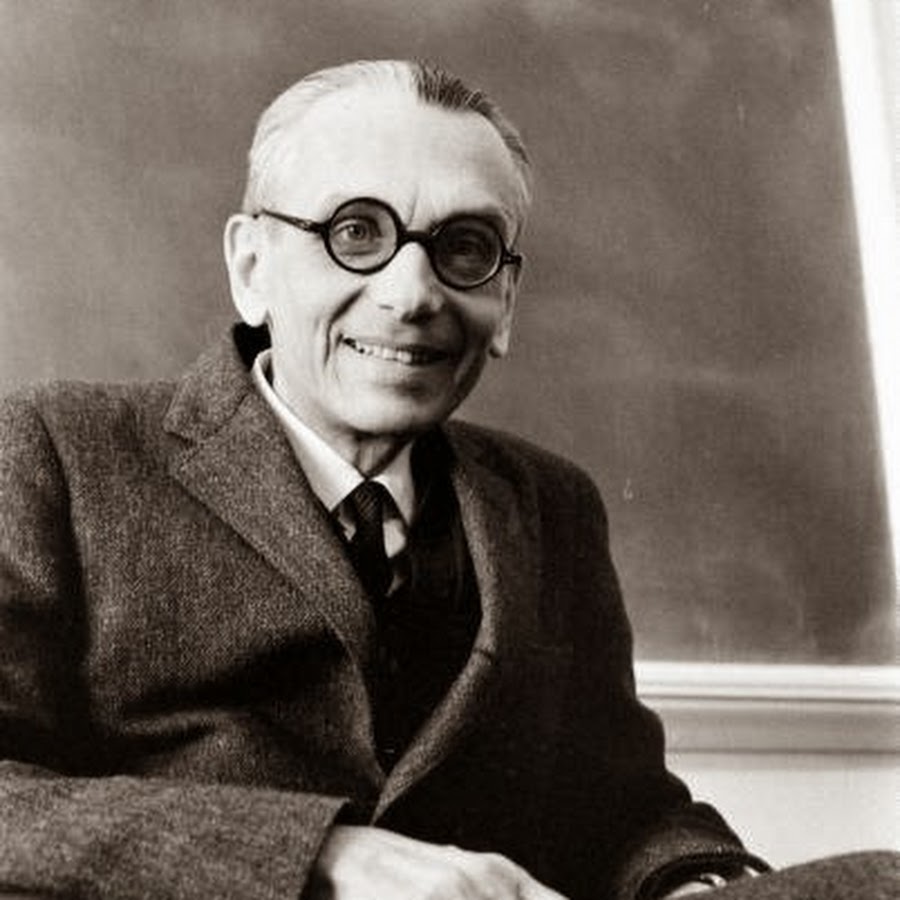
The fact that there is only one world falls short quite fast. The perspective of someone in China is as valid as the perspective of someone in Namibia. They might share some aspects, but not all of them. And so these versions overlap, providing common group, or the common thing (Arendt), which is translated into latin, is res publica, the republic. Republics are, in part, systems in which we all agree on a common belief.
Still, even physics are relative, as Einstein has shown us. This was already the case in artistic depictions: is a sunset by Turner, Tintoretto or Manet more truthful than than the others? The question is rather: to what extent, and under which circumstances, is one more truthful than the other?
several worlds vs. one world
based on nelson goodman's work
ways of worldmaking, hackett, 1978.
he identifies techniques of how to make worlds and assessments of the worlds thus made.
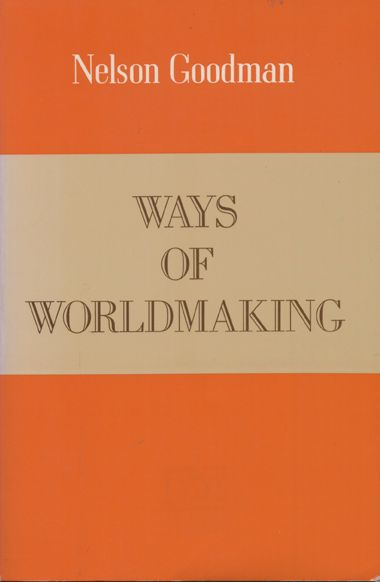
- splitting & combining
- weighing
- ordering
- adding & deleting
techniques
splitting and combining
e.g. the separation of church and state in france

e.g. the colonial process in early 20th century europe
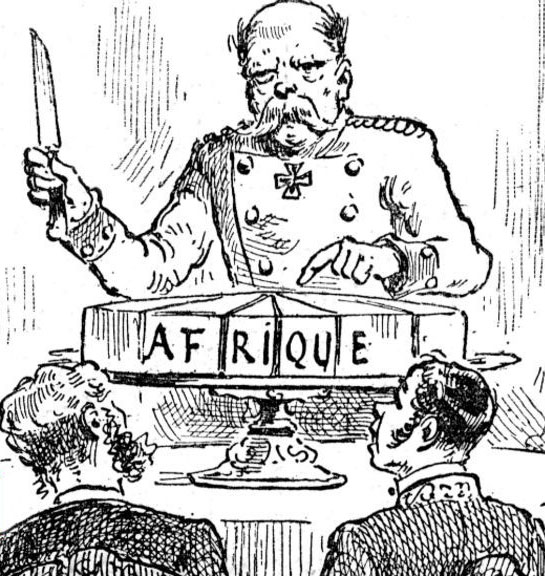
e.g. the painted image into touches of paint
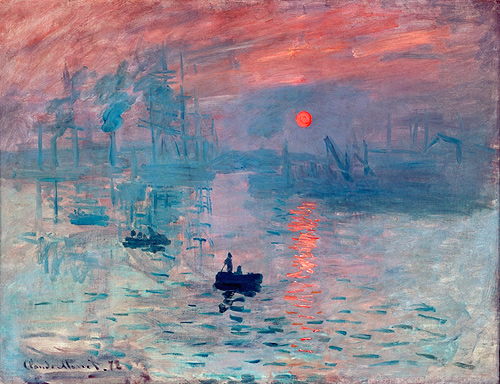
e.g. the development of the arab league in the middle east

weighing
e.g. women having the same voting rights as men

e.g. proteus putting more emphasis on looking than on shooting
e.g. papers, please putting more emphasis on document manipulation than on decision-making
e.g. nam june paik putting more emphasis on the material rather than the content

e.g. the place of the listener in john cage's 4'33"

ordering
e.g. categories for lgbtq+ in administrative forms

e.g. introducing or removing grading schemas in schools.

deleting and adding
e.g. removing local train lines between smaller cities
e.g. adding asphalt roads in cities -> path dependency
e.g. adding one more typology to parenting models
splitting and combining focus on separating things that used to be together, that used to be taken for granted when together. Inversely, combining puts seemingly unrelated things together to provide a new coherent whole.
weighing is putting more emphasis on some aspects of the world rather than on some previous one. It keeps the previous elements but reorganizes the priority by putting some things at the foreground and somethings in the background.
ordering is about putting things in categories. This could involve switching things from one category to another, or creating new categories to put things in.
deleting and adding are the most straightforward. This is about bringing in or bringing out things that weren't there before, introducing ore removing an element which will, in turn, reconfigure the balance of all other existing elements.
assessment
if there are no absolutely true worlds, there are nonetheless worlds that are more acceptable than others.
what makes them so?
frame of context (suspension of disbelief)
usefulness
consistency (internal and external)
if we consider all truths to be somewhat relative, then the first requirement for determining if a world is a true representation of the world is the frame of reference.
Another one is utility: to what extent does a world, a statement allow us to correctly predict the future and act upon it? Imagining a world in which we all walk on our heads might not be very useful; imagining a world in which only some of use walk on our heads might be useful to think in terms of accessibility for disabled people.
Finally, a requirement for a world to be taking seriously is its consistency. This is both internal (does it contradict itself?) and external (does it contradict other worlds in absurd ways?).
All of these are never guarantors of the truth-value of a world: a vision can be true without being obviously useful, a vision can be useful without being absolutely consistent. Nonetheless, these provide benchmarks to assess to what extent our worlds and our imaginations can be taken seriously and therefore, perhaps, materialized into reality.
exercise
take the world as you see it now
transform it into a fiction by applying one of the following on a fundamental aspect of our lives (you define what is fundamental)
(adding, deleting, ordering, weighing, etc.)
surface and depth
the separation
the theme, the content, the concept, that which doesn't change if you change the way it looks/sounds
the form, the surface, the ornament, that which doesn't change if you change the purpose, the intent
how can the things your present to your audience reinforce what you intend to communicate?
This distinction between the what and the how, Aristotle already pointed to it in his book Poetics. In Western philosophy, it's a long debate between those two parts: the form and the content.
In general, though, it seems that form and content, while distinct, are also inseparable from each other: that the form affects the content and vice-versa. Any surface decision you make will somehow affect how your idea is perceived. Any conceptual direction you're taking might affect how it is perceived by the public.
I personally would argue that humans often tend to focus on surface at first since we are sensual bodies first and foremost, and then second on content. This means that, if we were to trace a hierarchy, or a priority, surface would take short-term precedence.
-tics
this separation has been given several names:
form vs. content
fiction vs. diction (genette)
syntax vs. semantics (saussure)
For the sake of this class, we'll settle on this distinction, made by Gérard Genette in his eponymous book. Fiction is that which is thematic (what it says), and diction is that which is formal (how it looks).
However, Genette focuses exclusively on the literary: that which is essentially composed by language (as in, written words). Departing from that, we will use a broader definition of language, including still and moving images, recordings, objects and processes in order to express our world.
Read more about such a departure here
a story
is about finding what you think is an important, convincing fiction (one sentence)
and is about finding the best diction to express your idea. (one paragraph)
to help others understand what you're talking about, and be persuaded by what you're talking about
Because, in the end, this is mostly about making others understand, bringing them closer to a certain kind of truth, a truth that you find beneficial to believe in.
example
theme: to live
form:
- an old bureaucrat has hidden sickness -> existential drama
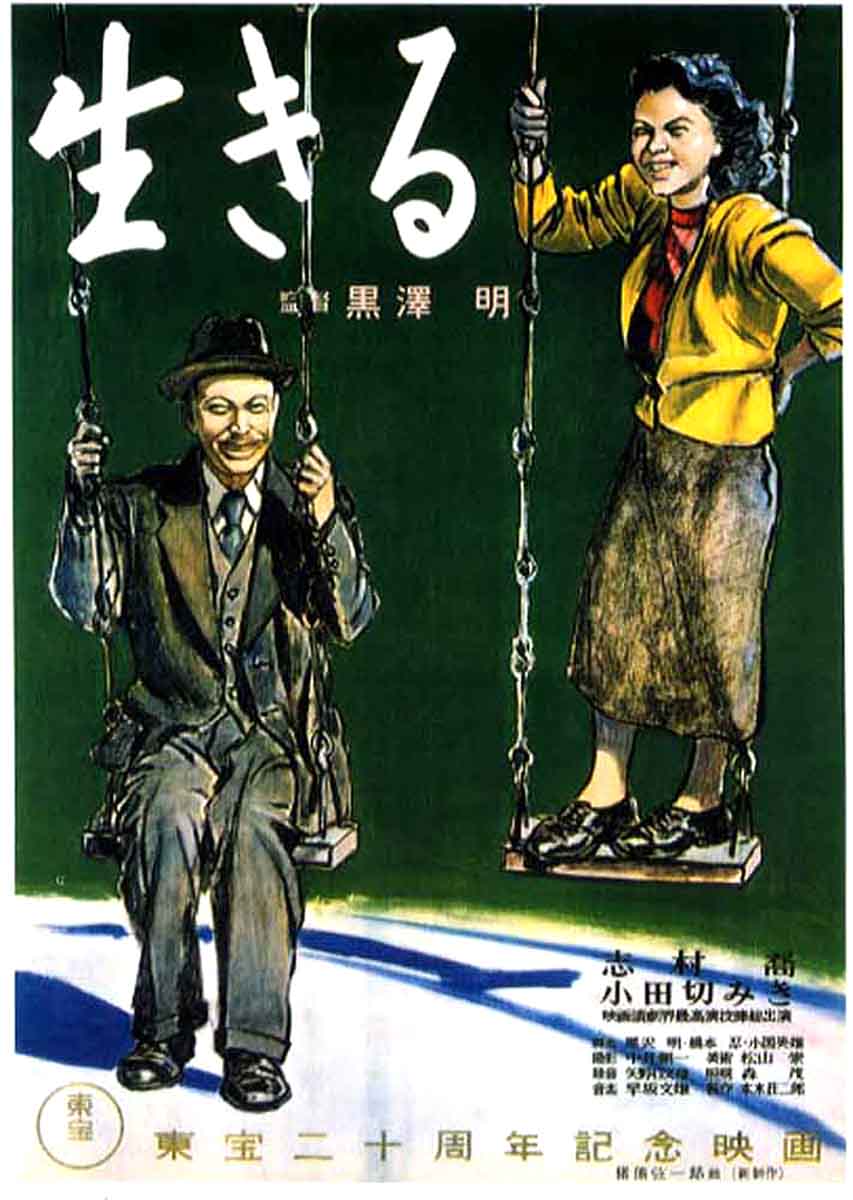
- a woman survives through her life -> historical epic
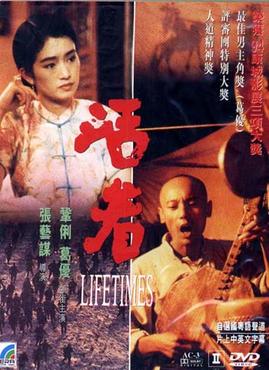
- two men co-exist to survive -> psychological thriller
.jpg)
world-building game
inventing futures
https://investinginfutures.enframed.net/
in groups of two
-> select the "original deck"
-> pick 5 cards, from the decks you want
-> sketch out (1) how this world would look like, from a social and cultural perspective and (2) how consistent and useful it is.
20min
results
knowing your material
literacies
literacy is
a means (through symbolic language) to understand and express both oneself and the outside world and which serves as an intermediary between those two spheres.
(annette vee)
Symbolic language, the way we mention it here can be reading, writing, looking, drawing, hearing and sounding. following from what we mentioned above regarding fiction and diction, languages here are understood in the broadest terms.
Literacy also involves being aware of symbols, of what they're used for, of what they represent. This means understanding cultural connotations, and working with or against it. Representation is the use of language and images (symbols) to make sense of the world around us.
verbal literacy
words hurt and heal, they create assumptions and connections, make things obvious.
obama (politicians + tyrants)
lawyers
salespeople
(copy)writers, and poets
...
It was a creed written into the founding documents that declared the destiny of a nation: Yes, we can.
It was sung by immigrants as they struck out from distant shores and pioneers who pushed westward against an unforgiving wilderness: Yes, we can.
It was the call of workers who organized, women who reached for the ballot, a president who chose the moon as our new frontier, and a king who took us to the mountaintop and pointed the way to the promised land: Yes, we can, to justice and equality.
...
obama in 2008 was a particularly salient example of written rhetoric, manipulating symbols, sounds and associations to evoke a broader world that his followers want to imagine and share with him.
particularly impressive is his reference to "the king who took us to the mountain top", a direct connection to Moses, prophet of Israel whom, in the Old Testament part of the Bible, is said to have brought the chosen people of god towards the promised land. By this short sentence, he creates an immediate connection between a somewhat young, christian nation and a millenial, judaic people, bringing in all of the associated wisdom, struggle and resilience of Jewish peoples across the ages.
visual literacy
images inspire as well, and act as a language
describe in physical terms (what is), in perceptual terms (what you see) and in metaphorical terms (what it implies).
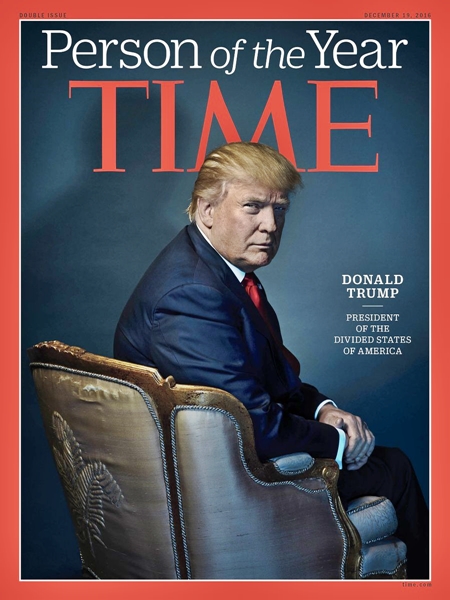
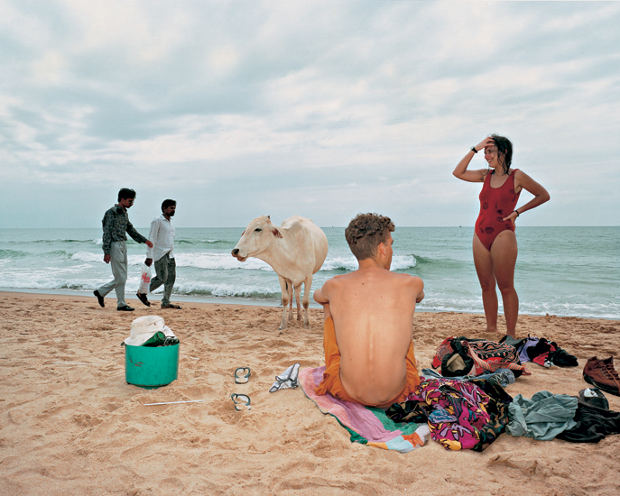
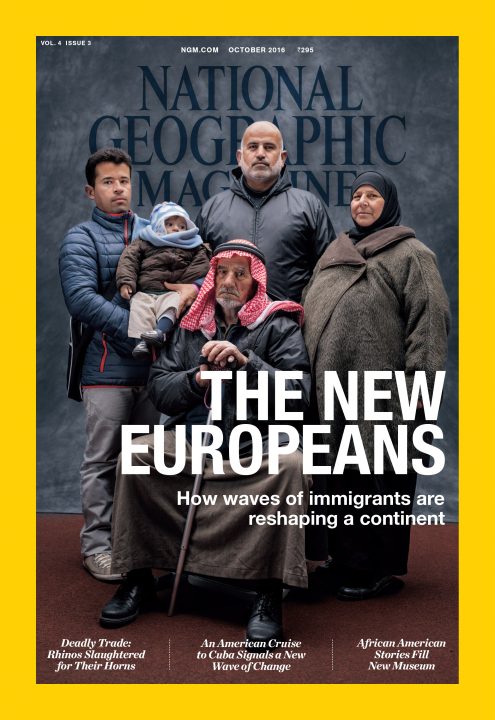
what kinds of fiction are these images?
what kind of diction do they feature?
overall, symbolic languages can have two roles:
- denotative:literal proof, not metaphorical
- connotative: socio-historical context. only tangentially related, but still relevant.
The pictures are:
- Donald Trump, Time Magazine, 2016.
- Goa, India, Martin Parr, 1987-1994
- The New Europeans, National Geographic, 2017.
artefactual literacy
objects are latent stories, which can be activated through:
production
communication
consumption

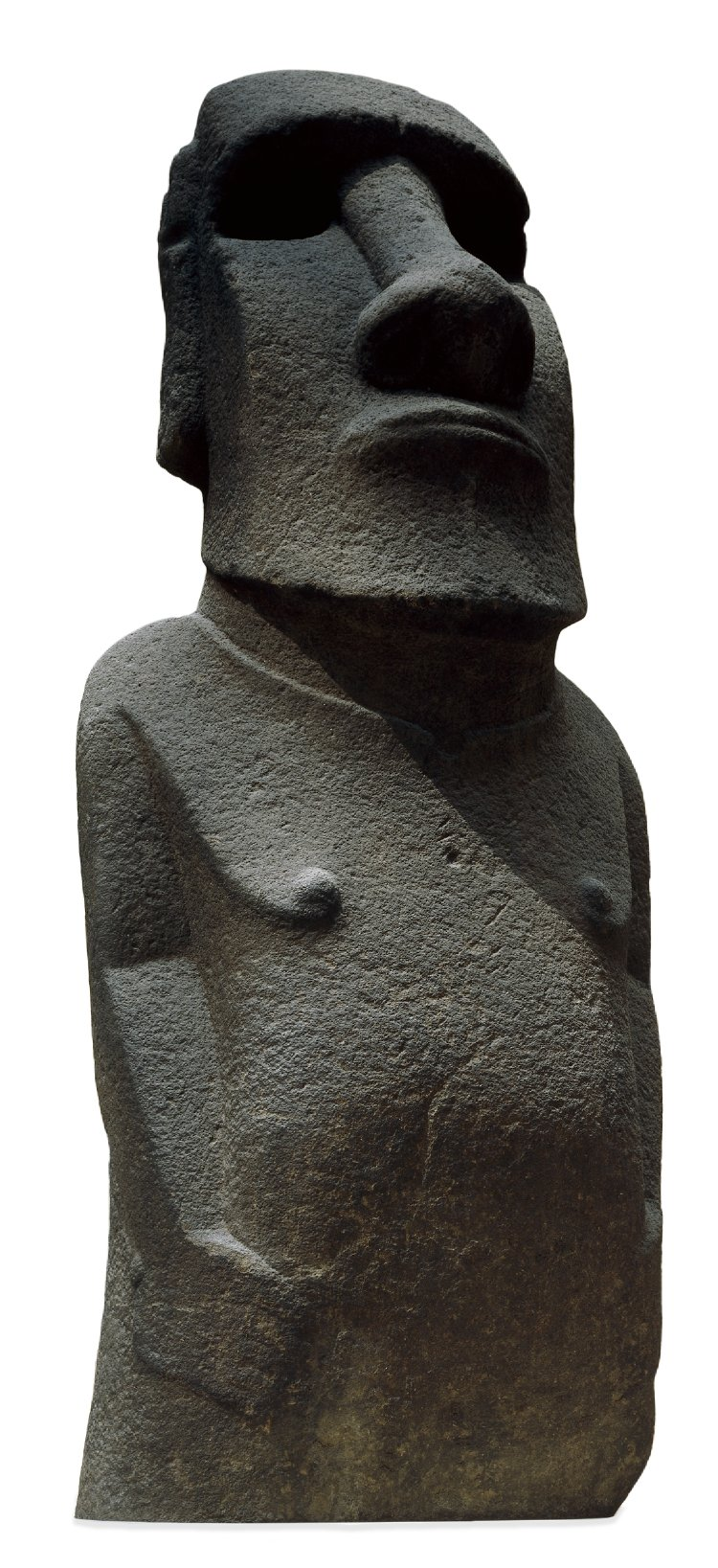
Objects are first and foremost materials: they can be seen, touched, heard, smelled, before they can be understood. Through this materiality, objects embody more invisible, evanescent, sometimes "ideological" relationships and therefore act as testimonies to our culture.
Objects can have a range of sizes, from a toothpick to the sixth continent of plastic (often qualifying as hyperobjects).
Particularly, artefacts (cf. Daniel Miller) are means of representing not just individuals (through their choice of using those) but mostly as manifestations of the historical and geographical contexts in which they operate. This isn't just limited to the, say, masks of "primitive" populations studied by anthropologists such as a Marcel Mauss and Levi-Strauss, but to all objects created by any society, including (and especially!) societies from which anthropologists typically come from.
additional literacies
filmic
sonic
procedural
We can also think of movie literacy, as a subset of visual literacy, or sonic literacy, as a way to recognize how soundtracks and sound effects make people feel (threatening music? relaxing music?)
The last kind of literacy, which we will touch upon next week, is procedural literacy, realizing what kinds of digital processes and algorithms make you think and act in certain ways.
outro
conclusion
-> there are many worlds, they're all real in their own sense, but some more than others.
-> what we say can hardly be separated from how we say it.
-> symbols assembled in a particular way help us express and persuade others to also imagine with us.
homework
gather media elements to represent the hidden narrative you've chosen to explore in the prelude.
you can use existing ones, or modify them with software such as photoshop.
place them around in a unity scene so that they can be inspected by a character controller.